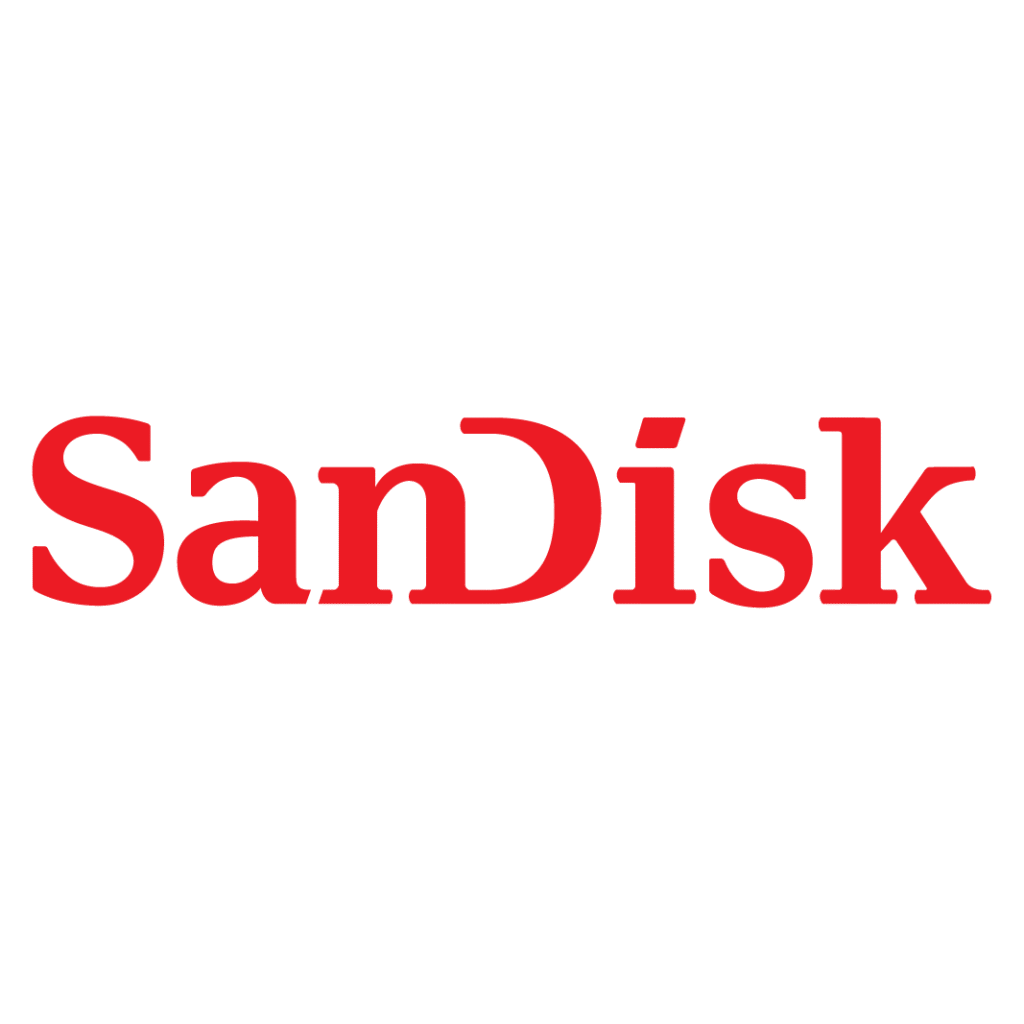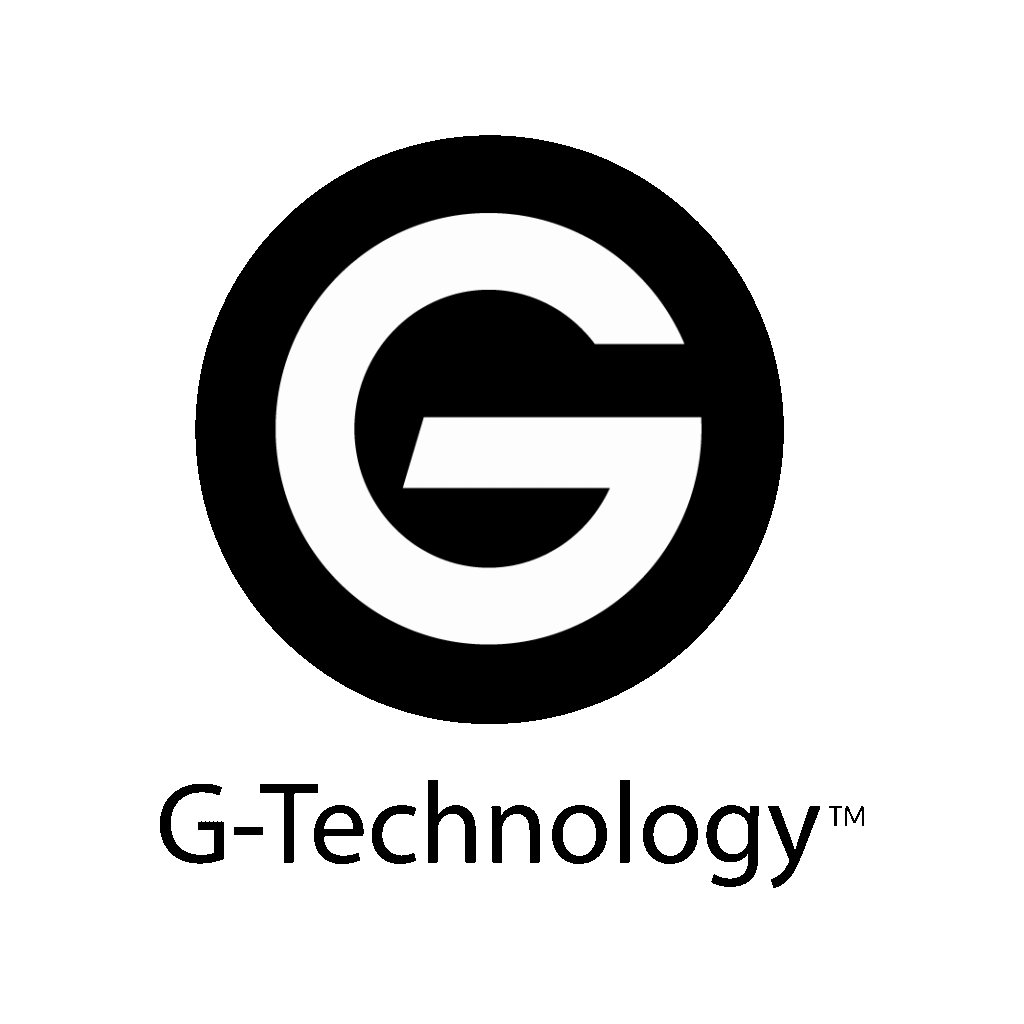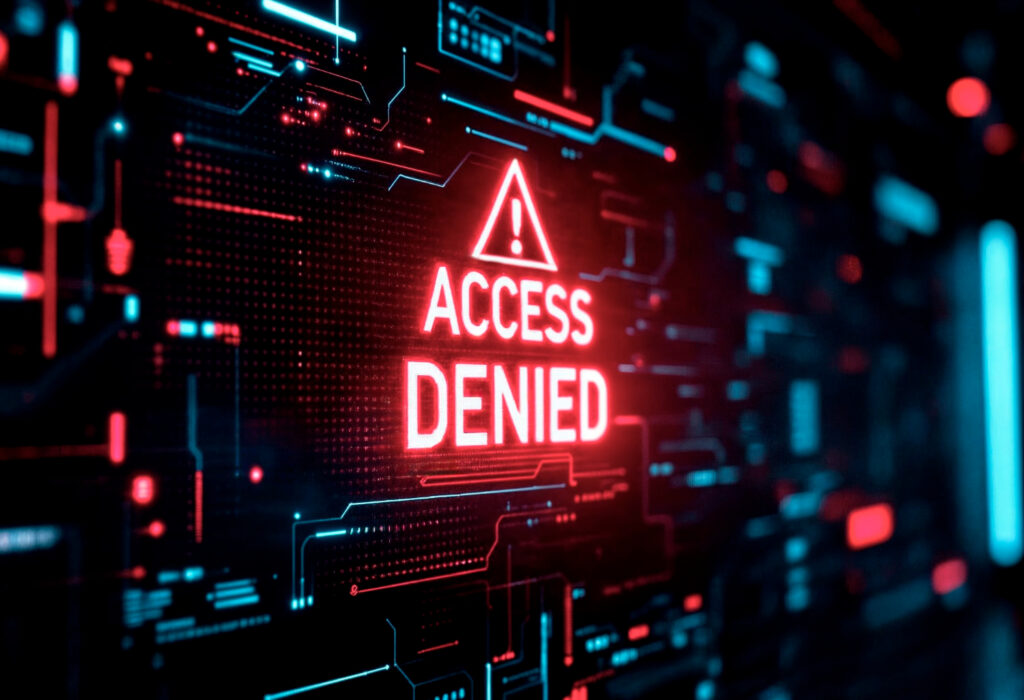At Five Star Data Recovery, we focus on safe and dependable RAID data recovery. We help businesses, IT teams, and individual users. If your array has failed because of controller problems, drive wear, or accidental changes, we can help recover your files. Our engineers handle all RAID levels—from simple RAID 1 mirroring to complex RAID 10 and RAID 5 arrays. We understand how critical RAID systems are to your operations. Data from RAID volumes often includes business databases, media libraries, customer records, and other irreplaceable data. Our goal is to help you recover data RAID systems store, with a focus on speed, precision, and safety.






Despite their design, RAID drives are not immune to failure. Common causes of data loss include multiple drive failures, broken RAID controllers, and wrong RAID settings.
At Five Star, we never work directly on original RAID drives. Instead, we create a sector-by-sector clone of each disk, producing a perfect 1-to-1 image. This ensures your original data remains untouched and fully preserved.
By working only from cloned drives, we can safely rebuild, test, and analyze your RAID array without risking further damage. This is especially important for unstable or degraded disks, where even one more read could cause permanent data loss.
If a drive is physically damaged, we stabilize it in a Class 100 Clean Room and then attempt to image it safely. Once all clones are complete, we reconstruct the RAID using specialized tools — without ever touching the originals.
Cloning is our first line of defense in protecting your data. It gives us the flexibility to recover files safely, even from complex or high-risk failures, while ensuring your drives remain exactly as they were when the issue occurred.
Even when vendors use proprietary controllers or software-defined RAID, we can often reverse-engineer the structure. Our team has worked with thousands of variations, including legacy RAID setups on aging systems.
Here’s a deeper breakdown of the most commonly used RAID levels and why recovery may be
needed for each:
Understanding the strengths and weaknesses of each RAID type is critical to choosing the right recovery strategy. Our engineers assess not just the drives, but the full RAID architecture, to plan the safest and most effective path to your data.
RAID systems can fail for many reasons. Common causes of lost data include:
In non-redundant systems like RAID 0, even a single disk issue can result in total data loss. In parity-based arrays like RAID 5, failure during rebuild can be catastrophic
Trying to fix a broken RAID array without expert help is a common reason for losing data forever. If someone swaps the wrong disk or the rebuild miscalculates parity, the system can instantly overwrite data.
We’ve seen rebuilds destroy good data because of mismatched configurations or improper controller behavior. Even powerful software tools can’t undo a corrupted rebuild. That’s why we always image all disks before doing anything else—preserving every byte before rebuilding from clones.
We’ve performed RAID drive data recovery on thousands of systems across virtually every setup. Common recoveries include:
Our recovery process handles high-volume data structures, foreign file systems, and partially overwritten drives. This allows us to reconstruct folders, restore file names, and retrieve file trees whenever possible.
Our Data Recovery RAID solutions support a wide range of platforms, including Windows, Linux, macOS, and custom hybrid arrays.
If you are not sure about your RAID setup, our team can find and rebuild the RAID array. We use high-quality forensic tools for this.
Home RAID failures require urgent attention, especially in environments where downtime equals lost revenue.
We offer emergency RAID recovery services with prioritized diagnostics and 24/7 lab access for critical situations.
MSPs, IT departments, and disaster recovery firms trust us. They rely on us as the last option when in-house efforts do not work.
Our RAID 0 and RAID 10 recovery options include proactive cloning, rebuilding, and quick response times.

We understand that time is critical when your RAID system goes down. That’s why we offer two levels of expedited service to meet different levels of urgency:
Expedited Service – For a flat fee of $200 per drive, we will move your case to the top of our recovery list. We will prioritize your case during normal business hours. This helps ensure the fastest possible turnaround without disrupting ongoing recovery workflows. Ideal for urgent but not emergency-level cases.
Expedited Plus Service – For $500 per drive, this is our highest-priority service. Our engineers work on your case all the time. They are available 24 hours a day, 7 days a week, even on weekends and holidays. They will keep working until the recovery process is complete. This tier helps businesses and institutions facing mission-critical data outages. In both cases, these fees are in addition to our flat-rate data recovery fees, and you must pay the expedited fee in advance. This fee is non-refundable, no matter the recovery outcome. This guarantees that your case receives priority treatment as soon as you submit your drives.
At the heart of our RAID recovery success is our engineering team.
Each specialist at Five Star is trained in disk architecture, file system repair, and binary analysis. We don’t rely on automated tools alone—human experts carefully handle each case.
Many of our engineers have backgrounds in forensic computing and electronics.
This helps us solve complex problems, such as controller-level failures, encrypted file systems, and undocumented RAID formats.
A failed RAID rebuild doesn’t always mean you will lose your data forever, but it can make recovery much harder. If you try to rebuild the wrong RAID setup or drive, it can overwrite parity.
This may corrupt partitions or damage the file structure. We’ve recovered many arrays after failed rebuilds by using cloned drives to reverse-engineer damage. If your system got worse after a rebuild attempt, there’s still hope—call us before doing anything else.


“After two drives failed in my RAID 5 setup, I thought years of client files were gone for good. The engineer I worked with was incredibly knowledgeable and explained every step of the recovery process. Within a week, I had nearly all my data back. The flat-rate pricing made the whole experience stress-free.”
Jason L.
Pasadena, CA

“Our office RAID suddenly failed and we couldn’t access any of our files. Five Star Data Recovery handled it quickly and professionally. They kept us informed every step of the way, and the communication was excellent. If you’re dealing with a serious data loss, this is the team you want on your side.”
Maria P.
Burbank, CA

“When one of the drives in my RAID 0 array failed, I was told by two other places that recovery wasn’t possible. I gave it one last try here, and thankfully they proved otherwise! They were able to rebuild the array and retrieve all my lost video editing projects. Highly recommend their RAID recovery service.”
Daniel L.
New York, NY
We never recover from original drives — every case begins by creating exact 1-to-1 clones to preserve the integrity of your data.
Our “No-Recovery, No-Charge” policy ensures you only pay if we’re able to successfully retrieve your files.
Every quote we provide is clear, honest, and upfront — with no hidden charges or surprise fees during the recovery process.
Physically damaged drives are handled in our certified Class 100 Clean Room to protect sensitive internal components during repair.
Our engineers are highly trained in advanced RAID configurations, including complex hybrid and custom setups.
We offer both standard and emergency turnaround options, so you get your critical data back exactly when you need it.
RAID failures are stressful, especially when important data is on the line. At Five Star Data Recovery, we offer expert RAID recovery. We ensure safety and clarity at every step. If your system isn’t booting, drives aren’t appearing, or a rebuild failed, stop using the array immediately. Continuing to operate a degraded RAID can make data loss worse.
Don’t let downtime put your data at further risk. Whether your RAID system supports a creative agency, hospital, school, or business, we’re here to help.
Call us now, ship your drives, or visit our Glendale lab to start your process.
Data loss is stressful — but working with us doesn’t have to be. Watch how our team handles each recovery with care, professionalism, and precision. From diagnostics to delivery, we offer flat-rate pricing, honest communication, and proven results — all from our secure Glendale lab.
We recover data from all RAID levels, including RAID 0, RAID 1, RAID 5, RAID 6, RAID 10, and custom configurations. Whether it’s a small business NAS or a large server array, we’re equipped to handle it.
Yes. RAID 5 failures are common due to multiple drive failures or degraded arrays. We can safely rebuild your RAID and recover the data without risking further loss.
RAID data loss can happen for a variety of reasons — and often, it’s not just one issue but a combination of factors that lead to failure. Some of the most common causes include:
Multiple Drive Failures: RAID setups are designed to handle a single drive failure (depending on the RAID level), but if two or more drives fail — especially in RAID 5 or 6 — it can result in total data loss.
Controller or Hardware Malfunction: If the RAID controller card, backplane, or power supply fails, the system may not recognize the array or could corrupt the configuration.
Power Surges or Outages: Unexpected power events can interrupt writes or damage drives, leaving the array in an inconsistent or degraded state.
Human Error: Accidental deletion, formatting, or incorrect rebuild attempts (e.g., replacing drives in the wrong order) are common reasons RAID systems go down.
File System Corruption: Logical damage to the file system, caused by software bugs, forced shutdowns, or malware, can prevent access to otherwise healthy data.
Firmware Issues: Firmware bugs or mismatches between drives can affect synchronization or even render an entire RAID volume unreadable.
Failed RAID Rebuilds: A rebuild done improperly or using the wrong drive order can permanently overwrite recoverable data.
Even with built-in redundancy, RAID systems are not immune to failure. That’s why it’s important to avoid running any utilities or rebuilds after a failure and contact a professional recovery lab immediately.
No. We use specialized hardware and software tools that allow us to virtually reconstruct your RAID array without the original controller. This ensures data safety during recovery.
The timeframe for RAID data recovery can vary depending on the number of drives, total storage capacity, and the type of failure. For most standard cases with 3 to 8 drives and capacities up to 20TB, our average turnaround is 5 to 7 business days under normal service.
However, several factors can affect this timeline:
Larger RAID arrays with more drives
Greater total data volume
Unusual or custom RAID configurations
Physical damage such as dropped, non-spinning, or clicking drives
If any drives have mechanical issues, additional time is needed for clean room repairs, locating compatible donor parts, and safely cloning the drives. At Five Star Data Recovery, we always create 1-to-1 clones of all drives in the array, regardless of their condition. This ensures your original data stays untouched throughout the entire recovery process.
For time-sensitive projects, we offer Expedited and Expedited Plus services that prioritize your case immediately. These options accelerate every phase of the recovery — from diagnostics to final data delivery — and include extended engineer hours, even outside normal business days if needed.
If you’re working under a deadline, we can also begin recovery on your most important files first, so you get early access to critical data while the full recovery continues in parallel.
Yes. We frequently recover data from NAS devices such as Synology, QNAP, Drobo, Buffalo, and others that use RAID storage setups.
Yes, we specialize in recovering data even when one or more drives in your RAID array are physically damaged. In fact, many RAID failures involve at least one degraded or completely failed drive — especially in configurations like RAID 5, RAID 6, and RAID 10, where redundancy can mask early issues until multiple drives fail.
When a drive is physically damaged — whether it’s not spinning, clicking, beeping, or completely undetected — our engineers perform component-level repairs in a certified Class 100 Clean Room. This environment ensures the internal components of the drive, like the platters and read/write heads, remain protected during the repair and imaging process.
Here’s how we handle these cases:
We never work off the original drives. All RAID recoveries begin by creating exact 1-to-1 clones of every drive in the array — including the damaged ones — to preserve your data.
If clean room repairs are necessary, we source donor parts and stabilize the drive enough to make a full sector-by-sector image.
Once all drive images are complete, we reconstruct the RAID virtually using specialized tools and metadata from the drives to rebuild the original array.
From there, we verify file structure integrity and recover your data in its most complete form.
It’s important to not keep using a degraded RAID or attempt DIY rebuilds, as this can permanently overwrite data or make recovery more difficult. If you suspect physical damage, power down the device and contact us right away — the sooner we receive the drives, the better your chances of a full recovery.
No. We never work on your original drives. Our process starts by cloning each RAID member drive. All recovery work happens from these cloned copies to ensure your original data remains untouched.
Yes. Most RAID data recovery cases qualify for our No Data, No Charge guarantee. You only pay if we successfully recover the data you need. Some exceptions apply for deleted data or drives that were previously opened.
Yes! We offer both in-person drop-off at our Glendale, CA lab and free nationwide data recovery mail-in service. Just fill out our Mail-In Recovery Form and we’ll provide a prepaid shipping label.
We use the same flat-rate data recovery pricing for RAID drives as we do for standard hard drive recoveries. Pricing is based on the size of each individual drive in the array—not the total number of drives or total capacity.
Here’s a breakdown of our standard flat-rate pricing per drive:
Drives up to 2TB: $300 per drive
Drives up to 6TB: $500 per drive
Drives between 8TB–12TB: $600 per drive
Drives requiring clean room repair: $950 per drive
All RAID recoveries follow this flat rate model.
For example, if you have a 4-drive RAID array made up of 2TB drives (no physical damage), the total recovery cost would be $1,200 ($300 × 4). This includes full diagnostics, recovery, and return of your data.
We also offer Expedited and Expedited Plus services if your RAID recovery is time-sensitive.

Lab Hours
Mon – Friday: 10am to 6pm
Saturday: 10am to 2pm

Lab Hours
Mon – Friday: 10am to 6pm
Saturday: 10am to 2pm
© 2025 Five Star Data Recovery Services. All rights reserved.